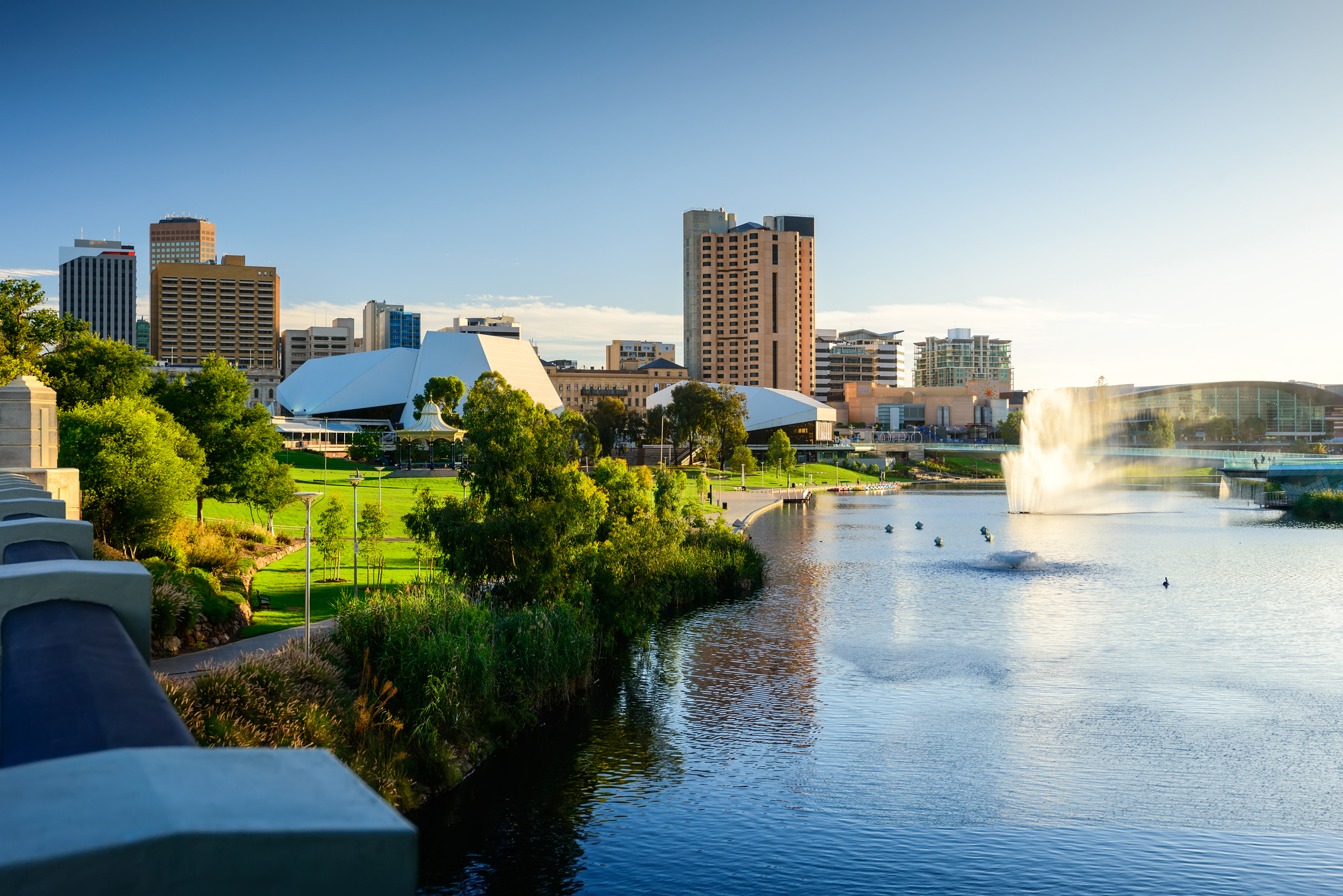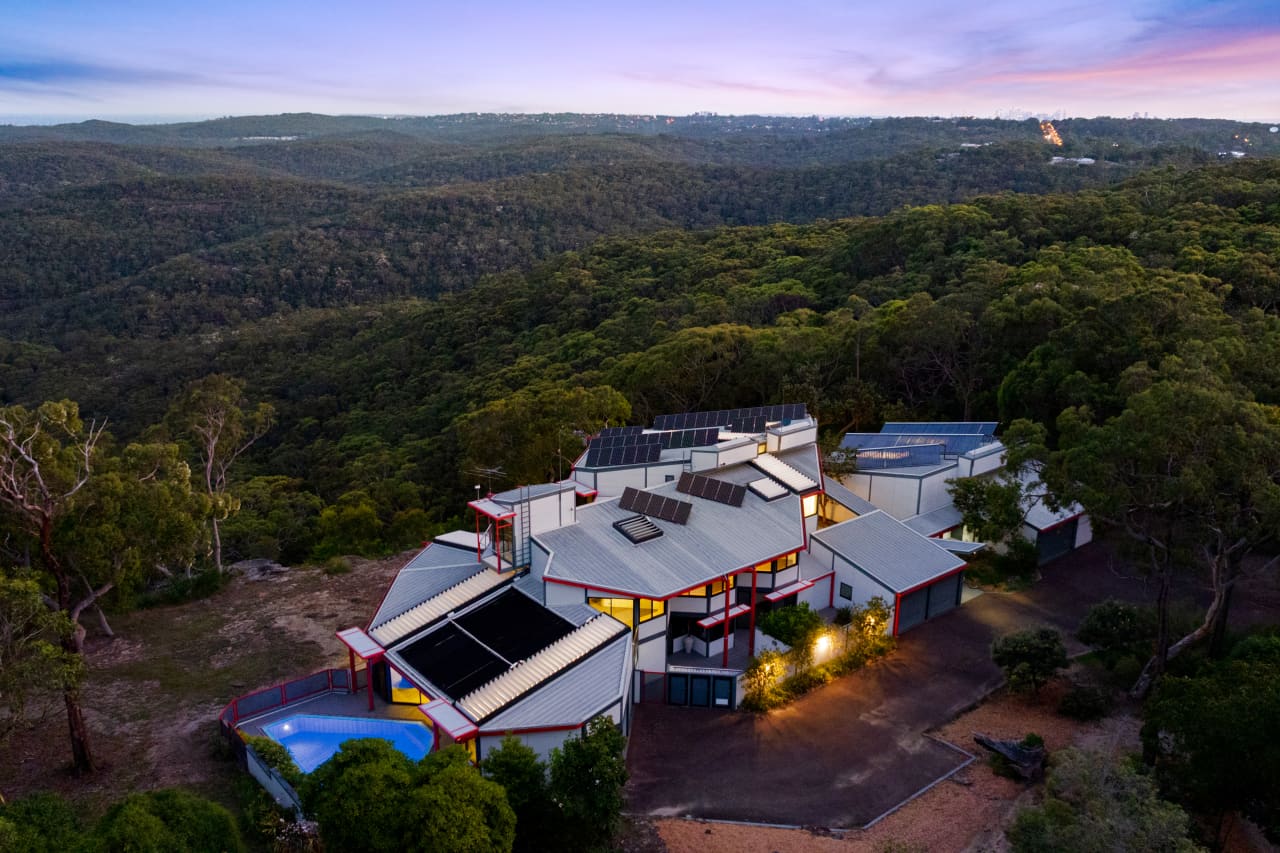For Big Oil’s Future, Look To Big Tobacco’s Past
There’s plenty of money to be made from oil before the dirty fuel is no longer needed, just as there has been from cigarettes.
If you want to know the future of Big Oil, look to the past of Big Tobacco. Depending on who you believe, they will be either greenwashed money machines or transformed businesses dedicated to reversing the damage done by their old products to the planet and health. Confusingly, they might be both.
From the 1980s until a few years ago, Big Tobacco was a money machine. Cigarette sales fell a little pretty much every year, but prices rose more than enough to compensate and profit margins were, well, to die for. New technology changed everything. The development of e-cigarettes, and to a lesser extent heated tobacco, overthrew the business model and the marketing. Now, Big Tobacco is trying to present itself as a leader on environmental, social and governance issues—and even health.
“We think of ourselves as having an ‘H+’ ESG strategy: ‘H’ for health,” says Kingsley Wheaton, chief marketing officer at British American Tobacco, or BAT, the biggest tobacco company by sales. “It’s the sine qua non of our transformation.”
ESG, environmental, social and governance investing, has swept into the world of finance and according to its adherents can help change the world. I’ve taken a critical look at the ESG trend in a series of Streetwise columns. Tobacco offers a guide because 40 years ago it faced similar challenges from investors who took a moral stance against its products and governments who wanted to tax and regulate it out of existence.
Oil has proved as addictive for the economy as nicotine is to smokers. Environmentalists and governments want to wean customers on to alternatives, especially electric cars but potentially also hydrogen or simply lower consumption. Just as the prospect of ever-increasing regulations, combined with limits on marketing, made it almost impossible to launch a new tobacco company, the prospect of action on fossil fuels has hit investment in new drilling. Many investors believe the limited expansion of supply means high oil prices could last.
The oil industry and its investors are now split between the two approaches taken by Big Tobacco.
On one side are those who think the route to lower oil consumption will look like tobacco did from the 1980s to the 2000s. Volumes will fall but higher prices will boost profit margins. Addicted customers meant that cigarette sales continued even when marketing spending was slashed due to legal restrictions. Gasoline sales will continue for many years, but oil companies might not spend the vast sums they did in the past exploring and drilling new wells, leading to higher prices and fatter margins even as existing wells are run down.
As with tobacco, this strategy cannot last forever—but if governments are serious about their 2050 net-zero emissions promises, there’s no future in drilling anyway. And in the meantime the oil companies could pay shareholders the fat dividends offered for decades by tobacco stocks.
Most of the firms following this strategy are privately-held, buying assets being sold off by listed companies trying to cut their emissions. In practice, emissions simply continue under new ownership. But creating a standalone limited-life oil producer was part of the pitch of hedge fund activist Daniel Loeb, who is pushing to break up British oil major Shell.
On the other side are oil majors, mainly in Europe, who think the future involves a steady switch from oil to new energy such as wind farms. Just as with Big Tobacco recently, they are using some of the profits from selling oil to pour money into the new areas.
Like Big Tobacco, these oil companies trumpet their environmental projects, as well as social projects and corporate governance. That disgusts activists, who label it “greenwashing,” designed to distract customers and investors from the harm they do. BAT even removed the word “tobacco” from its brand in 2020, as well as dropping the tobacco leaf from its logo and adding the slogan “A Better Tomorrow.”
“Despite all the prominence the newly re-branded BAT is placing on ESG, what is quite clear is that although the leopard may have changed the colours of its spots from black to green, BAT is still a leopard,” says Andy Rowell from the Tobacco Control Research Group at the University of Bath in England.
Mr. Wheaton bridled at the suggestion that its efforts were all about distraction, during an interview at BAT’s London headquarters. “If you knew the sheer energy that goes into building the new business you wouldn’t think it was greenwashing,” he said. “When you leave the office I’m not going to say ‘hahaha, he believed all of it’.”
At least some of the agencies that rate companies on ESG characteristics do believe it. BAT last year was ranked as third-best in the FTSE 100 by Refinitiv, and Sustainalytics, part of Morningstar, rates it medium risk, 88th out of 598 companies it rates in what it calls the “food products” industry globally. S&P Global thinks BAT is among the best tobacco companies, while MSCI doesn’t buy the story, rating BAT as only average within the tobacco industry. But MSCI thinks Shell is great for an oil company, giving it AA, its second-best rating, while Refinitiv says Shell has the best governance in the world.
The historic arguments used by both industries developed the same way: first, denial (of cancer or climate change), then fierce lobbying campaigns to head off restrictive laws, in some cases triggering accusations of outright bribery. The current argument is that people will want or need cigarettes and fossil fuels for many years, so they need to be provided – and are better provided by a big public company than by private firms with no transparency.
Some in Big Tobacco have reached the acceptance stage, that eventually cigarettes will vanish, and their business needs to change or die. Not every oil company is there yet, but the debate is on. Shell and others in Europe are spending heavily on change. But at least some investors prefer the die option, with fat profits to be made along the way and perhaps a longer life than environmentalists wish.
ESG investors expecting big carbon emitters to get their just deserts should think again. There’s plenty of money to be made from oil before the dirty fuel is no longer needed, just as there has been from cigarettes. And that money might end up going to investors who just don’t care about ESG.
Reprinted by permission of The Wall Street Journal, Copyright 2021 Dow Jones & Company. Inc. All Rights Reserved Worldwide. Original date of publication: Jan 27, 2022.
 Copyright 2020, Dow Jones & Company, Inc. All Rights Reserved Worldwide. LEARN MORE
Copyright 2020, Dow Jones & Company, Inc. All Rights Reserved Worldwide. LEARN MORE
This stylish family home combines a classic palette and finishes with a flexible floorplan
Just 55 minutes from Sydney, make this your creative getaway located in the majestic Hawkesbury region.
CommSec research reveals this state is leading the country in economic growth, unemployment, construction and dwelling starts
South Australia is currently the strongest state or territory economy in the country, with economic activity 9.1 percent above its decade-average in the December quarter, according to CommSec research. NSW was second with economic output running 8.6 percent above its long-run average, followed by Victoria with 8.5 percent, the ACT at 8.3 percent and Western Australia at 6 percent.
Economic activity in both Queensland and Tasmania was 4.5 percent above average while the Northern Territory underperformed its long-term average by 0.5 percent.
The CommSec research ranks states and territories on several key economic metrics and compares the latest quarterly data with each area’s decade average. South Australia ranks first on four of the eight key indicators. They are economic growth, unemployment, construction and dwelling starts.
Western Australia ranks first on population growth and business and equipment investment. Population growth has been a key element in Perth and regional Western Australia becomingthe country’s hottest property markets over the past 12 months. CoreLogic figures released this week show home values are up 21.1 percent in Perth and 13.3 percent in the state’s regions.
Despite high inflation, retail spending remained above the long-term average in all states and territories in the December quarter. The ACT led with retail expenditure 12.2 percent higher than its long-term average, followed by Western Australia with 11.3 percent, Victoria at 11.2percent and Queensland at 11.1 percent.
Queensland is in the top spot for new home loans. Propelling this is very strong internal migration and a doubling of the First Home Owners Grant to $30,000 from 20 November last year. New home loans issued to first home buyers in November surged to a 15-month high, according to data from the Australian Bureau of Statistics. Queensland is currently the second strongest housing market, with home values up 16.1 percent in Brisbane and 11.2 percent in regional areas over the past year.
In all states and territories except the Northern Territory, housing finance commitments remained above decade averages in the December quarter. The value of home loans in Queensland was 21.1 percent higher than the state’s long-term average. The next strongest was Western Australia, up 17.5 percent, South Australia, up 14.2 percent, and the ACT, up 12 percent. The new CoreLogic data reveals 15 consecutive months of growth in the national median price, despite high interest rates.
Just 55 minutes from Sydney, make this your creative getaway located in the majestic Hawkesbury region.
Consumers are going to gravitate toward applications powered by the buzzy new technology, analyst Michael Wolf predicts























